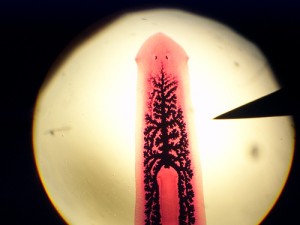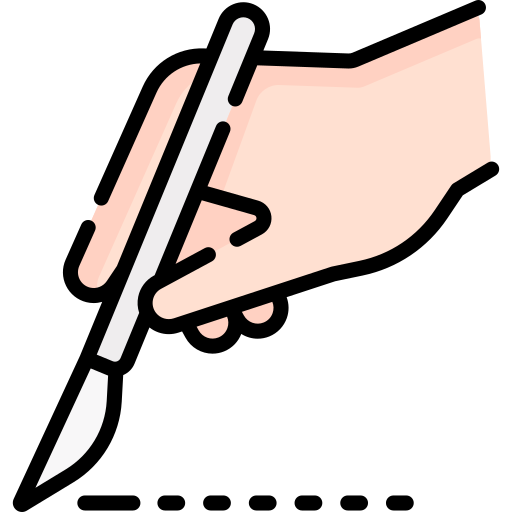This is one of my favorite labs. Students get to view a planarian (also known as Dugesia) and observe its behavior. (See Planarian Lab ) You might be wondering what a planarian is…..it is a flatworm belonging to the Phylum Platyhelminthes, which means it is related to parasitic worms such as tapeworms and flukes.

These organisms can be ordered from biological supply companies and come in small plastic containers, usually 50 to a container.
When you receive the planarian, you’ll want to move them to a container and use an aerator.
My students have already learned this, so one of their first questions is “What would happen if you ate this?”. I do not know why freshman are so fascinated by eating random things. I assure them that the little flatworm swimming around in their petri dish is harmless, even if you ate it. But…they are related to parasitic tapeworms. Never eat anything in the lab!
Once we have those preliminaries out of the way, students proceed to observe their flatworm and answer the questions on the lab handout. Halfway through, I dim the lights so that they can use a flashlight to test whether the worm prefers the light or the dark.
Planarian Regeneration

The highlight of the experiment is the final step where students cut their planarian in half. They can observe it regenerate the two halves of its body (a process that usually takes a week or so).
Before students receive their scalpels, I pause the lesson to give them instructions about how to hold the scalpel, how to hand the scalpel to someone (handle first) and also give them dire warnings about goofing around with the scalpels. With careful instructions, and an observant eye, most freshman can handle using scalpels.

